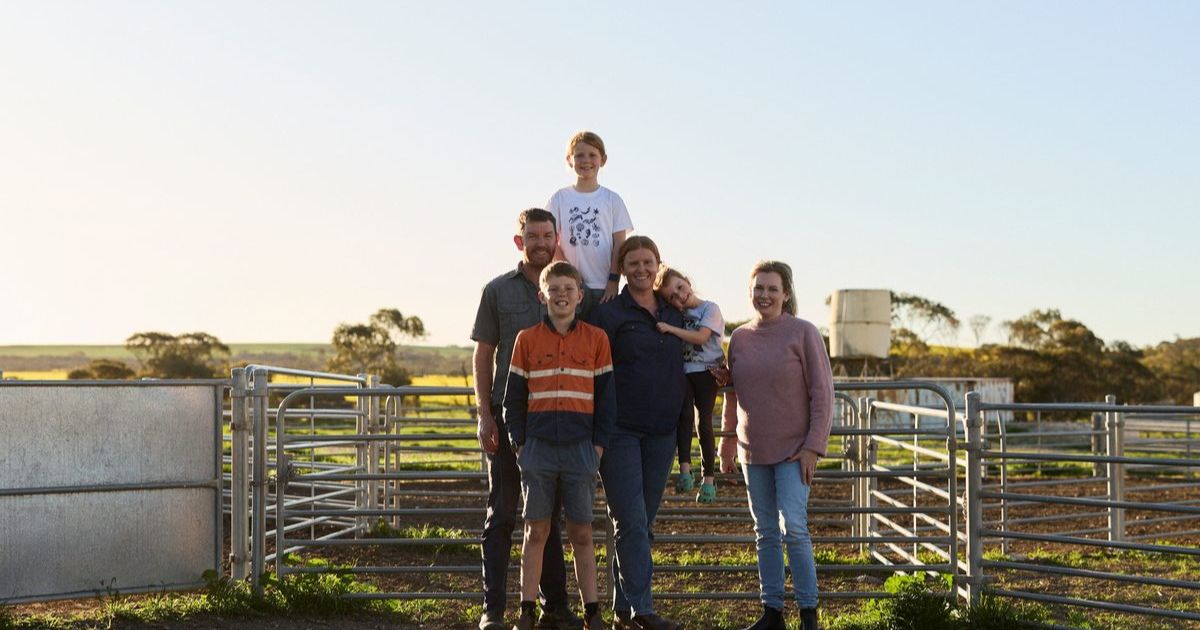Let’s tap into their experience
Big push to encourage and incentivise older Australians to stay in or return to workforce
Reducing ageism is one of Australia’s most often missed opportunities. The rewards for older people, the economy, and society would be great, while the effort needed to unlock those rewards is comparatively small. Ageism is often experienced by consumers, and in medical care. However, the experience of ageism at work is the most damaging to people and the economy, and the most economically rewarding for Australia to fix.
Every day the Australian media is running stories about worker shortages.
Yet, there are some hundreds of thousands of older workers, many highly skilled and experienced, who would love to be working, and are not.
The official unemployment figures confirm this, with older workers dominating the long term unemployed, but those numbers are exceeded by those who have dropped out of the system – discouraged, disincentivised and disappeared.
There are legal, structural, and cultural reasons for ageism in the workforce.
Older people who want to work should be able to, and we’d all be better off if they did.
The benefits to the economy of having more people working are clear. The benefits for older workers should be just as clear. Older people who want to spend their days focused on golf, grandchildren, holidays, volunteering, or gardening, will and can do so.
Too many of those who would prefer the social engagement, intellectual stimulation, and income and superannuation of having a job are unable to because of age discrimination and an ageist culture.
To get older people back into the workforce the answer is not just incentives like bonus payments (though these may help some, to a degree), or even worse more punitive rules in the welfare system. Instead, we need government, business and society to recognise that the barriers to remaining in the workforce, or returning to it, are too high.
When surveyed, at least 30% of employers are open about their reluctance to hire older workers. Such age discrimination is illegal, but there is no effective enforcement mechanism to make it stop.
In many workplaces and industries, ageism is a cultural norm, and an everyday practice. Better laws that treat it as a systemic issue, stronger enforcement mechanisms, and more importantly cultural change are all needed. That change is important, and long overdue.
Likewise, many potential older workers, having experienced the wrong end of bad culture, are reluctant to keep trying, because they don’t believe they will ever get a fair go.
Both employers, and older workers, need a strong signal from government to kickstart the change.
Some things will take longer to fix and will need proper studies by the Australian Law Reform Commission and the Productivity Commission to achieve. Others could be achieved very quickly. The Australian Bureau of Statistics workforce studies does not count people over 65 as being part of “working age”.
Superannuation guarantee is not paid to workers over 75. Full workers compensation cover is not available for workers over 67 in most States, and insurance protection is unavailable. Governments at every level can change those things relatively easily.
As important as those changes, and many, many more, would be in themselves, they would also have a great power as a symbol. They would send the message that ageism is no longer going to be a feature of Australian workplaces.
When government regulations enforce or uphold age discrimination, it is hard to ask business not to take that as a signal they should do the same.
Many of the changes needed to give older people the opportunity to work are not so obvious and could be considered second order effects.
The cost and difficulty of accessing childcare means that grandparents are often a semi-voluntary solution. Some grandparents love being providers of free childcare.
Others, who would prefer to be at work, sacrifice the later part of their own career so their own children can build their careers.



















